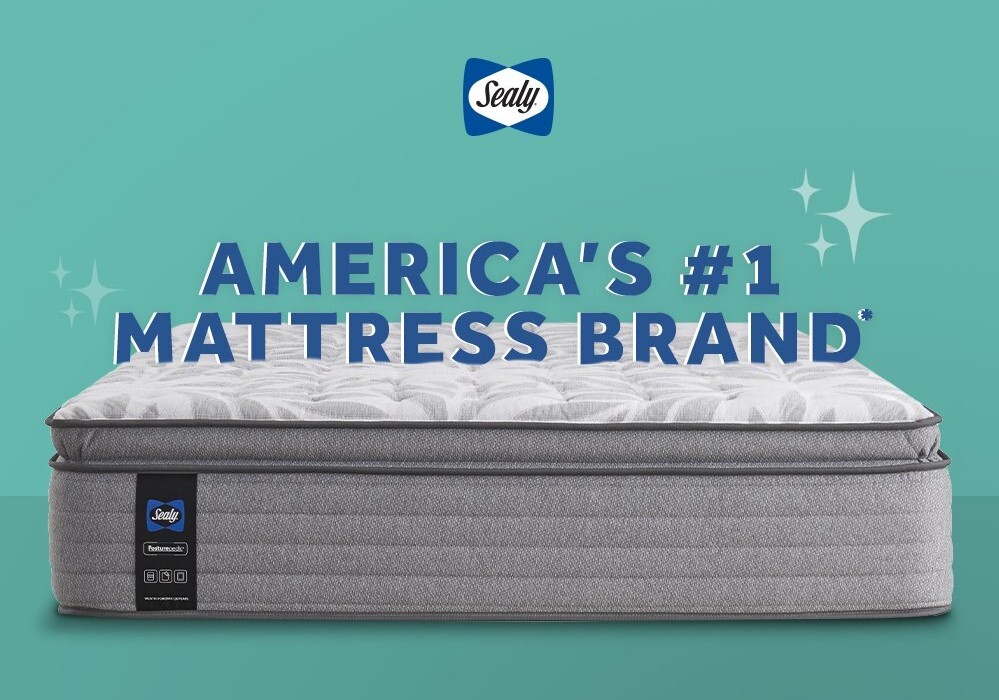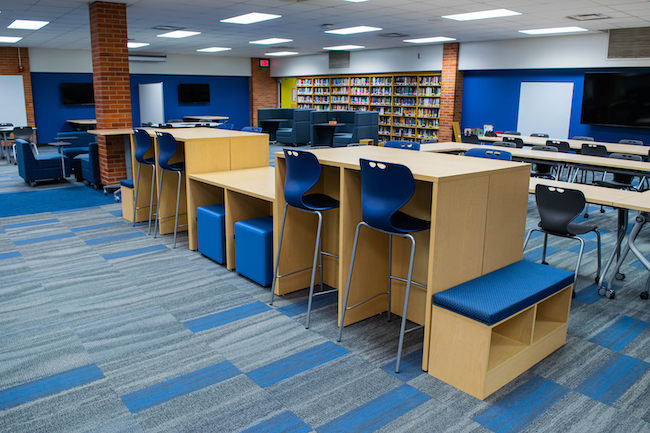Reverse Draining Bathroom Sink
If you've ever experienced a reverse draining bathroom sink, you know how frustrating it can be. Instead of the water quickly draining down the sink, it slowly starts to rise and can even overflow onto your counters. This common issue can be caused by a variety of factors, but luckily, there are simple solutions to fix it.
How to Fix a Slow Draining Bathroom Sink
A slow draining bathroom sink can be caused by a buildup of hair, soap scum, or other debris in the drain. One of the easiest ways to fix this is by using a plunger. Place the plunger over the drain and push down and pull up several times to create suction. This should dislodge any clogs and allow the water to drain properly. If that doesn't work, you can try using a drain snake or a mixture of baking soda and vinegar to break up the blockage.
Bathroom Sink Drain Clogged
If your bathroom sink is completely clogged and the water won't drain at all, you may need to remove the sink trap and manually remove the clog. Start by placing a bucket underneath the trap to catch any water that may leak out. Then, use a wrench to loosen the slip nuts and remove the trap. You can then use a plumber's snake or a wire hanger to clear out any debris that may be causing the clog. Once the trap is clear, reattach it and run water to ensure it is draining properly.
Unclogging a Bathroom Sink Drain
If you're dealing with a stubborn clog, you may need to use a chemical drain cleaner. These products can be found at any hardware or home improvement store and are designed to dissolve clogs. However, be cautious when using these products as they can be harsh and may damage your pipes if used too frequently. Always follow the instructions on the product and use protective gloves and eyewear.
Bathroom Sink Drain Repair
If you've tried all of the above methods and your bathroom sink drain is still not functioning properly, it may be time to call a professional plumber. They will be able to diagnose the issue and make any necessary repairs to get your sink draining properly again. This may involve replacing damaged pipes or fixing any issues with the sink trap.
Clearing a Bathroom Sink Drain
To prevent future clogs and keep your bathroom sink draining smoothly, it's important to regularly clear out any debris from the drain. You can do this by pouring a mixture of hot water and vinegar down the drain once a week. This will help to break up any buildup and keep your sink running smoothly. You can also use a hair catcher in the drain to prevent hair from going down and causing clogs.
Bathroom Sink Drain Slow
If your bathroom sink is draining slowly, it could be a sign of a bigger issue such as a damaged pipe or a septic system problem. It's important to address this issue as soon as possible to prevent further damage. Contact a professional plumber to diagnose the issue and make any necessary repairs.
Bathroom Sink Drain Stopper Not Working
If your bathroom sink has a stopper that is not working properly, it may be due to a buildup of debris around the stopper. You can remove the stopper and clean it thoroughly to ensure it is free of any clogs. If the stopper is damaged, you may need to replace it with a new one.
Bathroom Sink Drain Smells
If your bathroom sink drain is emitting a foul odor, it could be due to a buildup of bacteria and mold in the drain. To get rid of the smell, you can pour a mixture of baking soda and vinegar down the drain and let it sit for a few minutes before flushing it with hot water. This will help to kill any bacteria and eliminate the smell.
Bathroom Sink Drain Installation
If you're installing a new bathroom sink, it's important to properly install the drain to ensure it functions correctly. Start by attaching the sink drain to the bottom of the sink and then secure it with the gasket and nut provided. You can then connect the drain to the sink trap and attach the trap to the wall or floor. Finally, test the sink to make sure it is draining properly before using it regularly.
How to Solve the Frustrating Problem of Bathroom Sink Reverse Draining

The Importance of a Properly Functioning Bathroom Sink
 The bathroom sink is an essential component of any house design. It is a necessary fixture for daily personal hygiene and can also add to the aesthetic appeal of the bathroom. A sink that is clogged or has reverse draining can cause major inconveniences and disrupt the overall functionality and design of your bathroom. It is important to address this issue promptly to avoid further complications and maintain a well-functioning bathroom.
The bathroom sink is an essential component of any house design. It is a necessary fixture for daily personal hygiene and can also add to the aesthetic appeal of the bathroom. A sink that is clogged or has reverse draining can cause major inconveniences and disrupt the overall functionality and design of your bathroom. It is important to address this issue promptly to avoid further complications and maintain a well-functioning bathroom.
Understanding the Causes of Reverse Draining
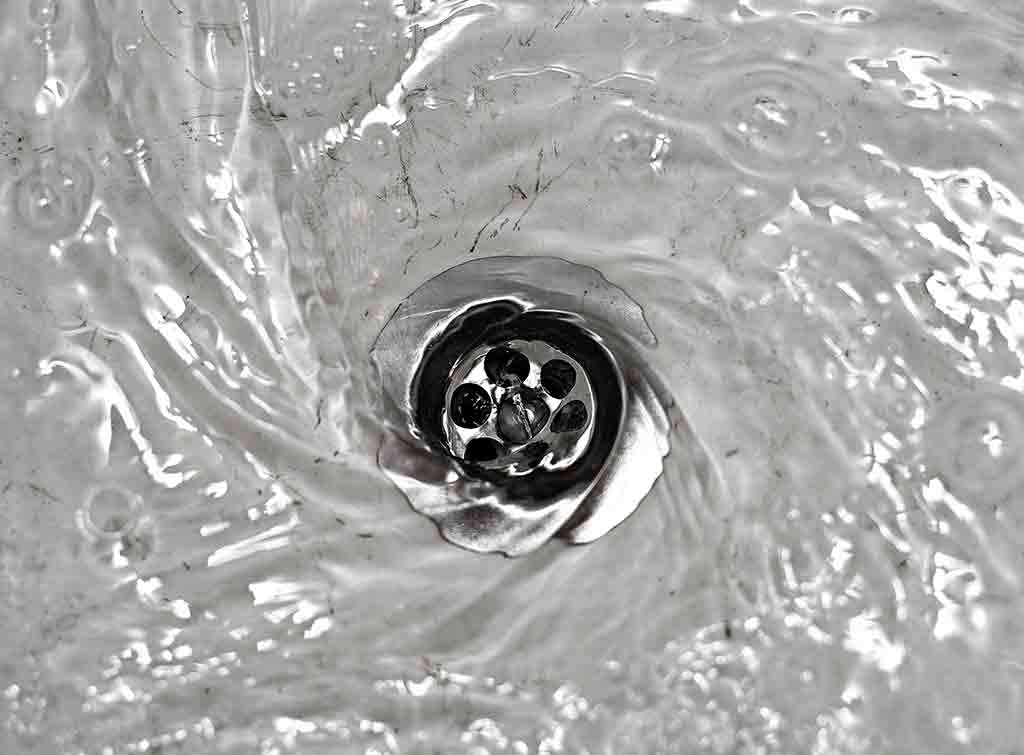 Before we dive into the solution for this problem, it is important to understand the root causes of reverse draining in a bathroom sink. One of the most common causes is a clogged or blocked drain. Hair, soap scum, and other debris can accumulate in the drain over time, causing water to back up and drain slowly or even reverse. Another cause could be a faulty or outdated plumbing system, which can lead to improper water flow and drainage.
Before we dive into the solution for this problem, it is important to understand the root causes of reverse draining in a bathroom sink. One of the most common causes is a clogged or blocked drain. Hair, soap scum, and other debris can accumulate in the drain over time, causing water to back up and drain slowly or even reverse. Another cause could be a faulty or outdated plumbing system, which can lead to improper water flow and drainage.
Quick Fixes for Bathroom Sink Reverse Draining
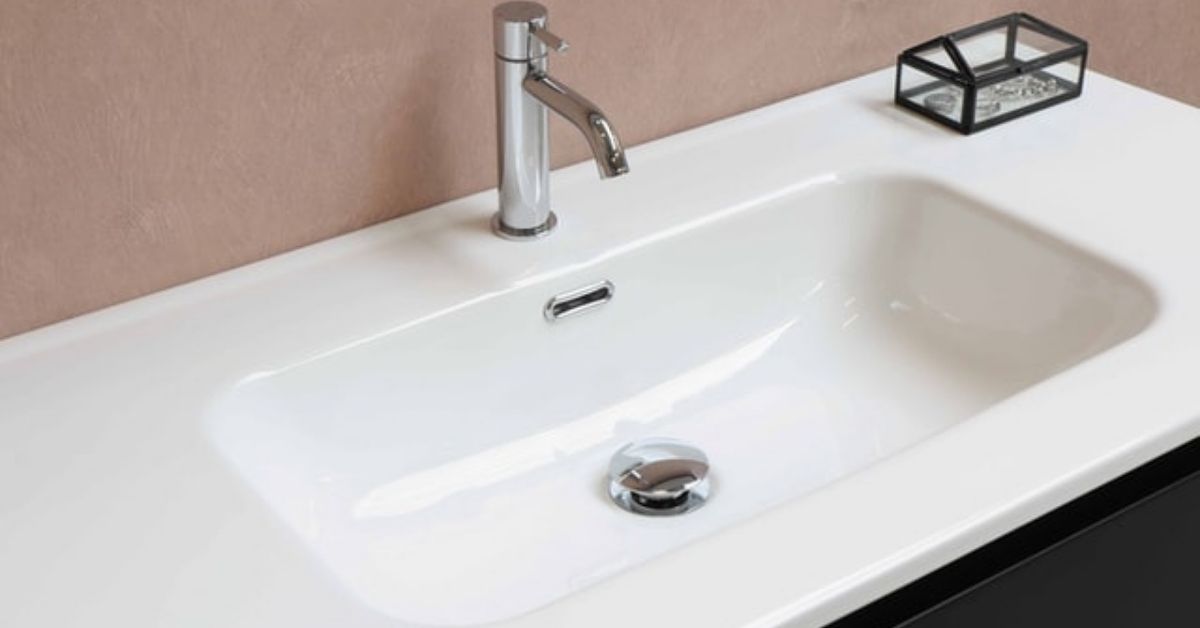 If you are experiencing reverse draining in your bathroom sink, there are a few quick fixes that you can try before calling a professional plumber. One option is to use a plunger to dislodge any clogs in the drain. You can also try using a mixture of baking soda and vinegar to break down any debris that may be causing the reverse draining. However, if these methods do not work, it is best to seek professional help to avoid causing further damage to your plumbing system.
If you are experiencing reverse draining in your bathroom sink, there are a few quick fixes that you can try before calling a professional plumber. One option is to use a plunger to dislodge any clogs in the drain. You can also try using a mixture of baking soda and vinegar to break down any debris that may be causing the reverse draining. However, if these methods do not work, it is best to seek professional help to avoid causing further damage to your plumbing system.
Preventing Future Problems with Proper Maintenance
 The best way to avoid the frustration of bathroom sink reverse draining is to practice proper maintenance. Regularly cleaning the drain and avoiding pouring any harsh chemicals down the sink can help prevent clogs and blockages. It is also important to stay up-to-date with any necessary repairs or upgrades to your plumbing system to ensure proper water flow and drainage.
In conclusion, a bathroom sink with reverse draining can be a frustrating problem to deal with. However, by understanding the causes and implementing proper maintenance, you can prevent this issue from occurring in the future. If you are unable to fix the problem yourself, do not hesitate to call a professional plumber for assistance. A well-functioning bathroom sink not only adds to the functionality of your house design, but also contributes to a pleasant and stress-free bathroom experience.
The best way to avoid the frustration of bathroom sink reverse draining is to practice proper maintenance. Regularly cleaning the drain and avoiding pouring any harsh chemicals down the sink can help prevent clogs and blockages. It is also important to stay up-to-date with any necessary repairs or upgrades to your plumbing system to ensure proper water flow and drainage.
In conclusion, a bathroom sink with reverse draining can be a frustrating problem to deal with. However, by understanding the causes and implementing proper maintenance, you can prevent this issue from occurring in the future. If you are unable to fix the problem yourself, do not hesitate to call a professional plumber for assistance. A well-functioning bathroom sink not only adds to the functionality of your house design, but also contributes to a pleasant and stress-free bathroom experience.
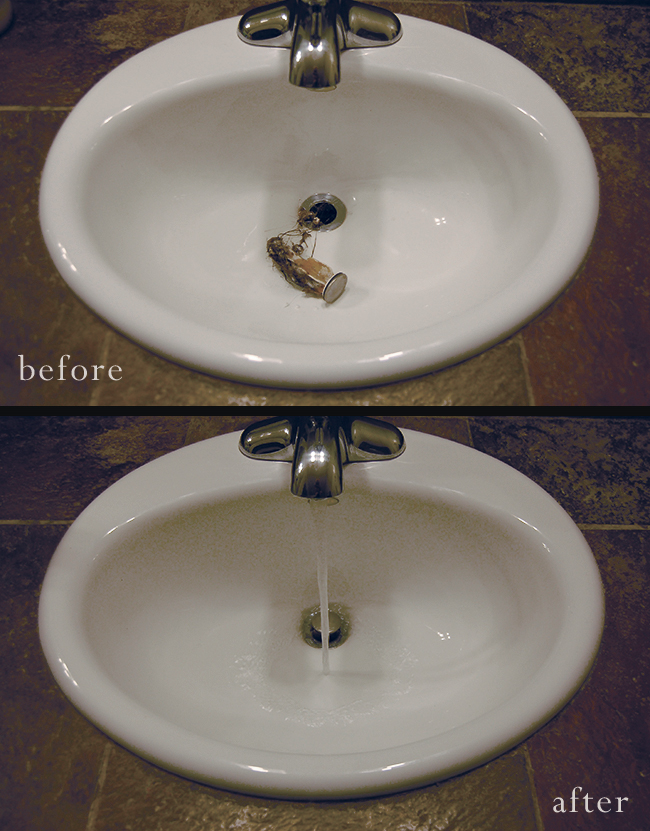



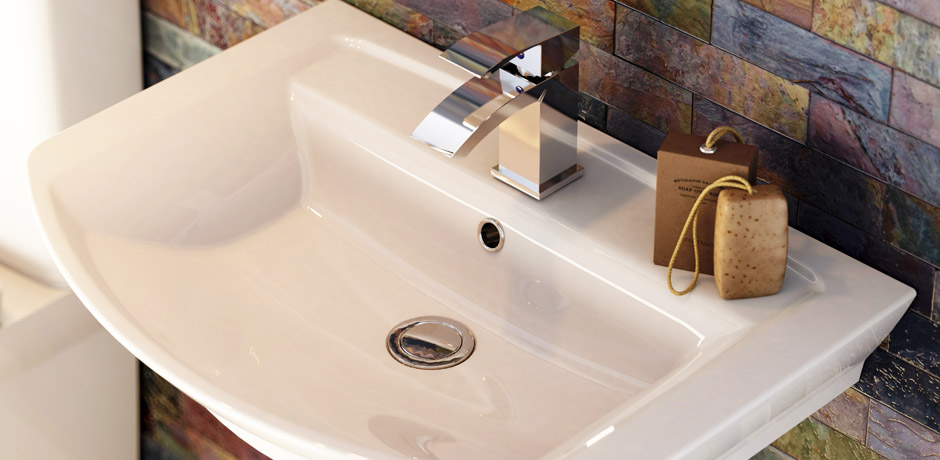
















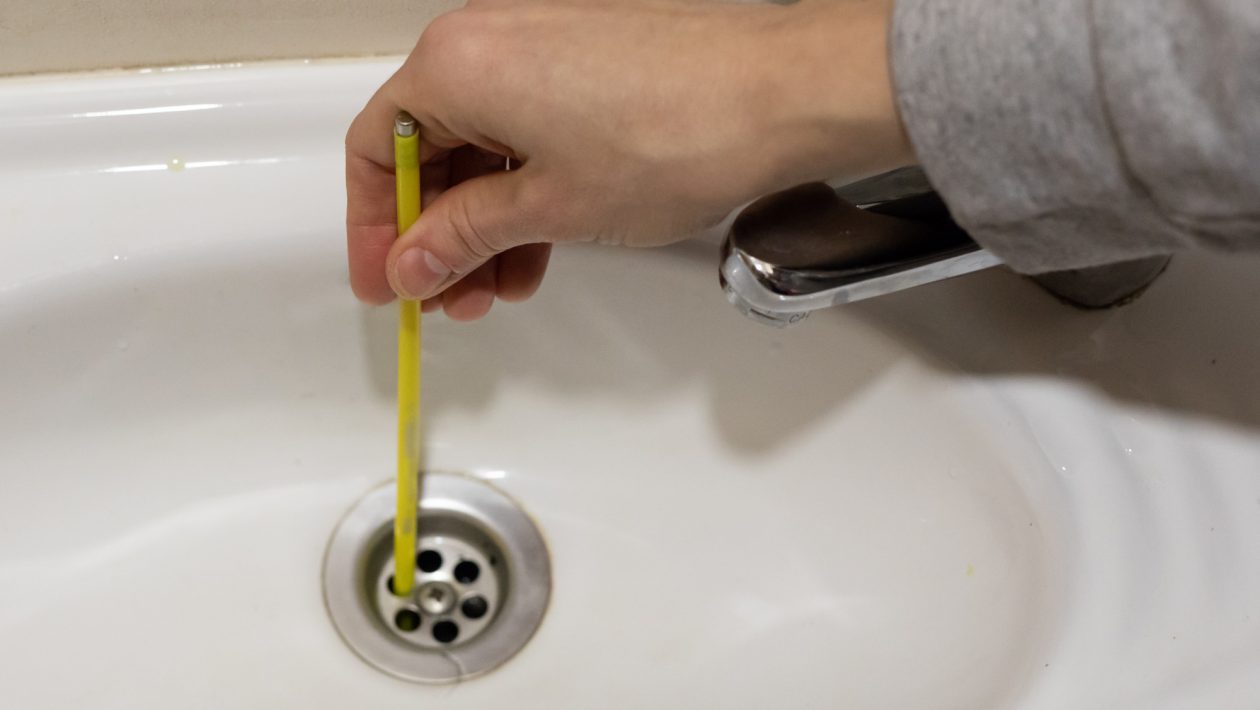


:max_bytes(150000):strip_icc()/freshen-and-unclog-drain-with-baking-soda-1900466-22-bbf940b70afa4d5abef0c54da23b1d3f.jpg)









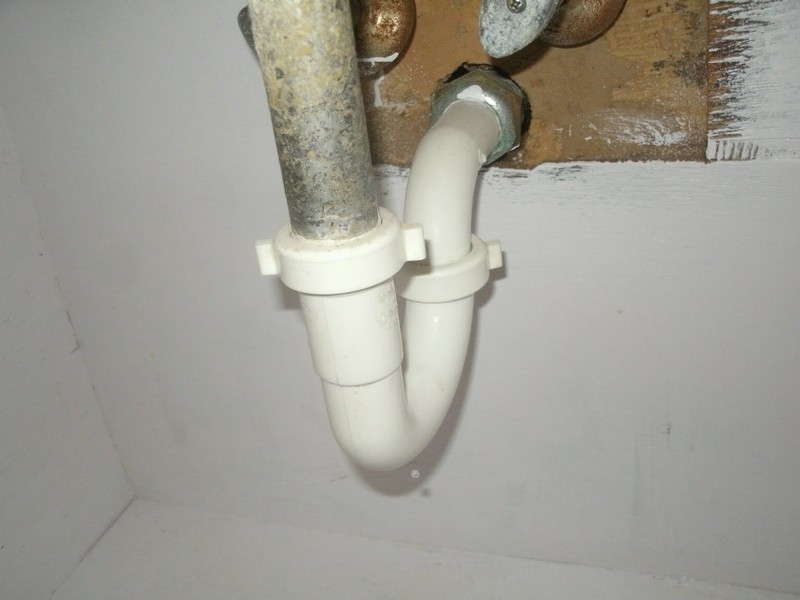













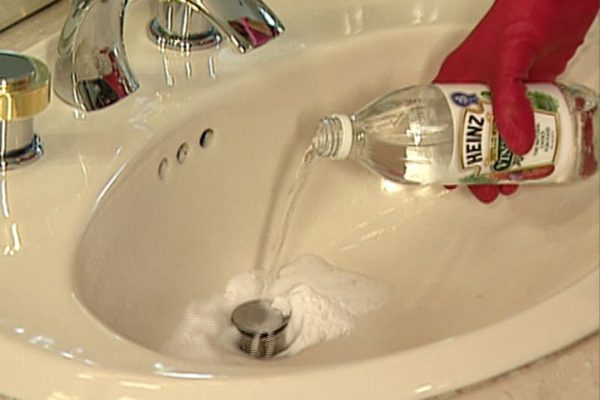





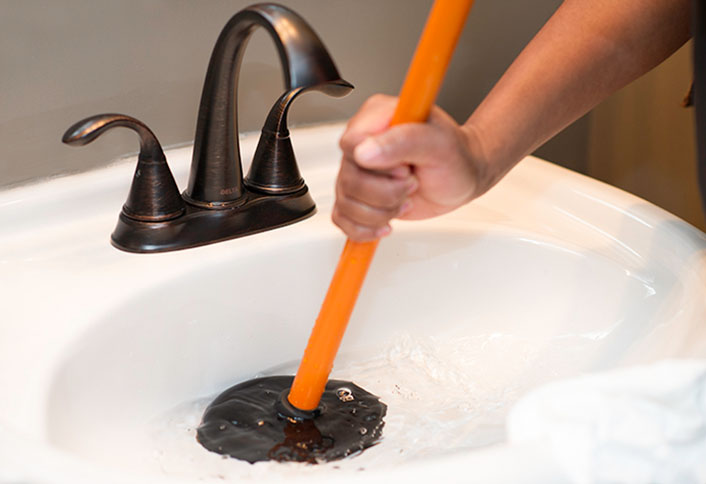



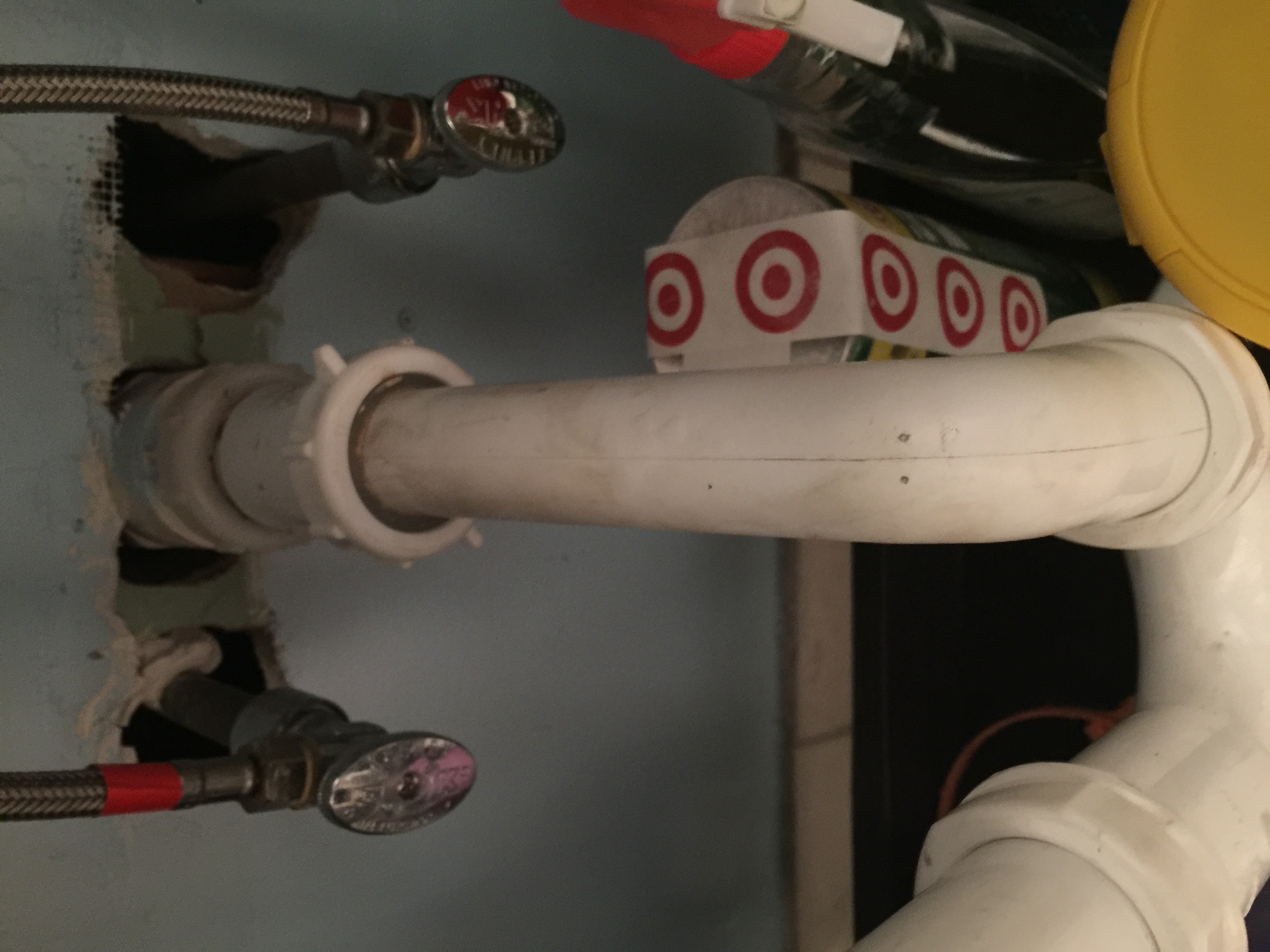





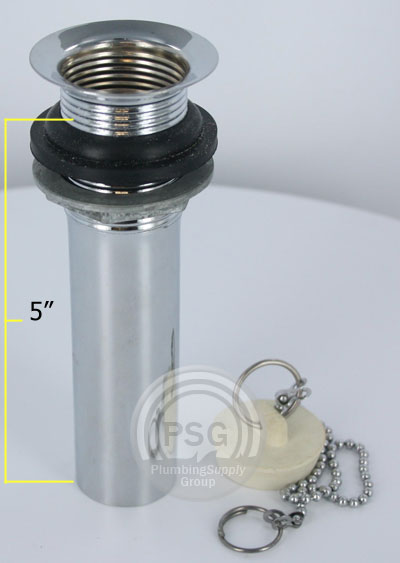


:max_bytes(150000):strip_icc()/bathroom-sink-drain-installation-2718843-02-61e5ecbee1e949be8d8f45ac4f5a6797.jpg)

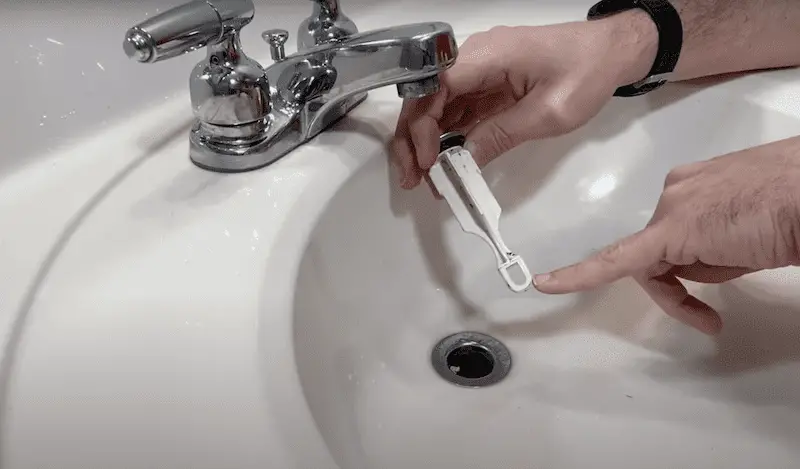








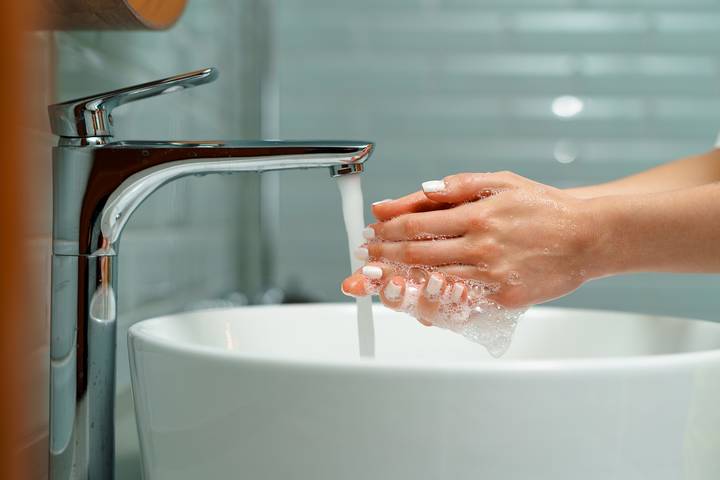
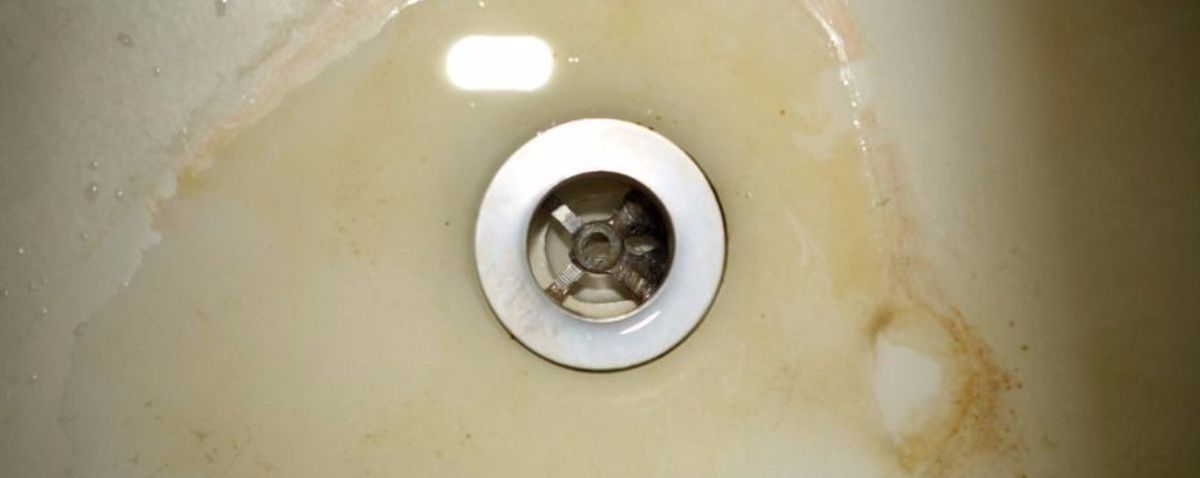






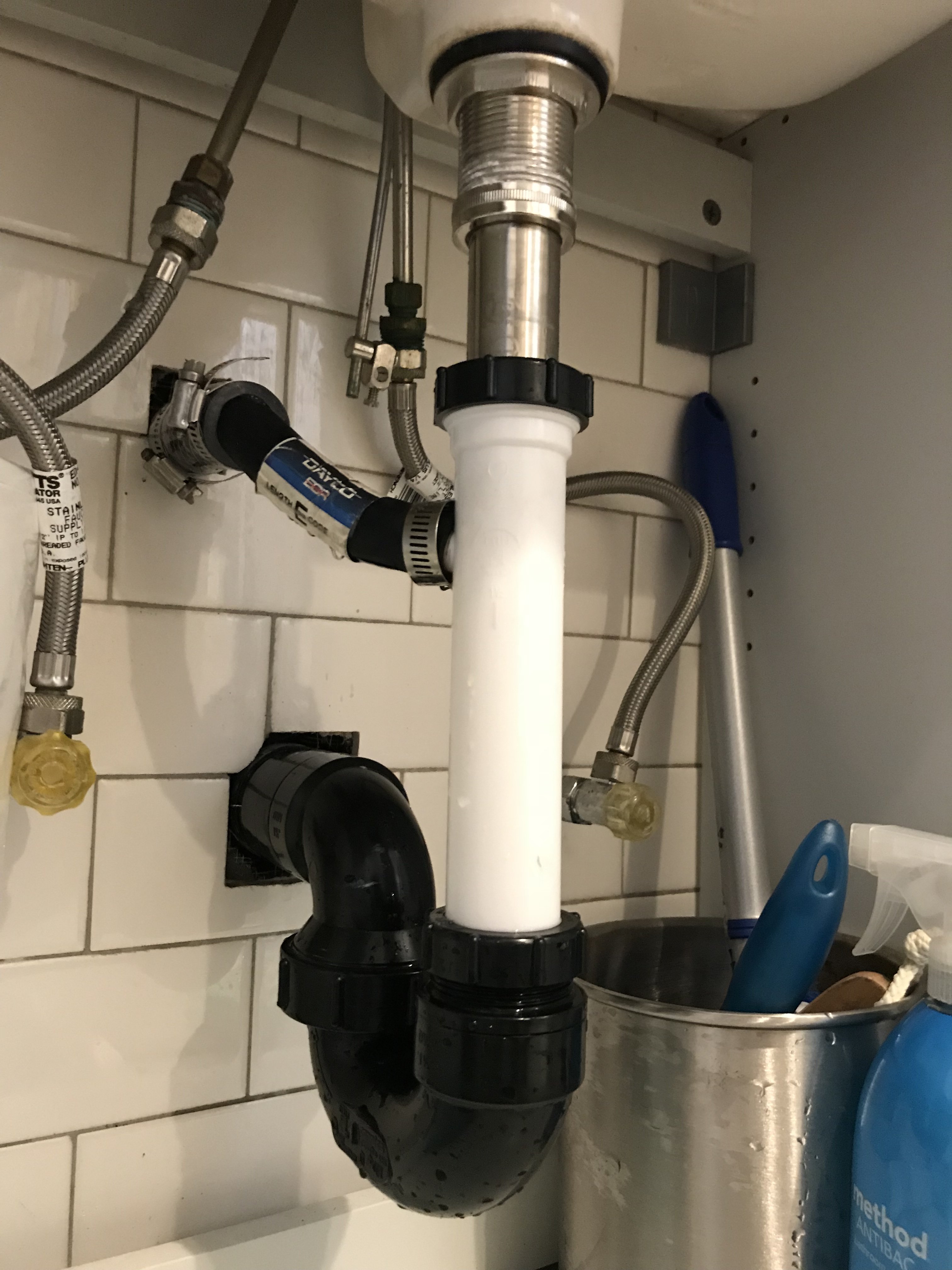







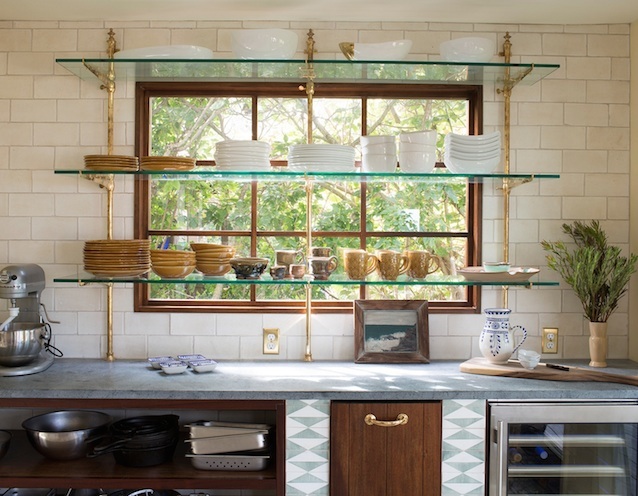
:strip_icc()/kitchen-bars-22-michelle-boudreau-photo-lance-gerber-e67465cde2174b6eb758124a49fb43ef.png)
